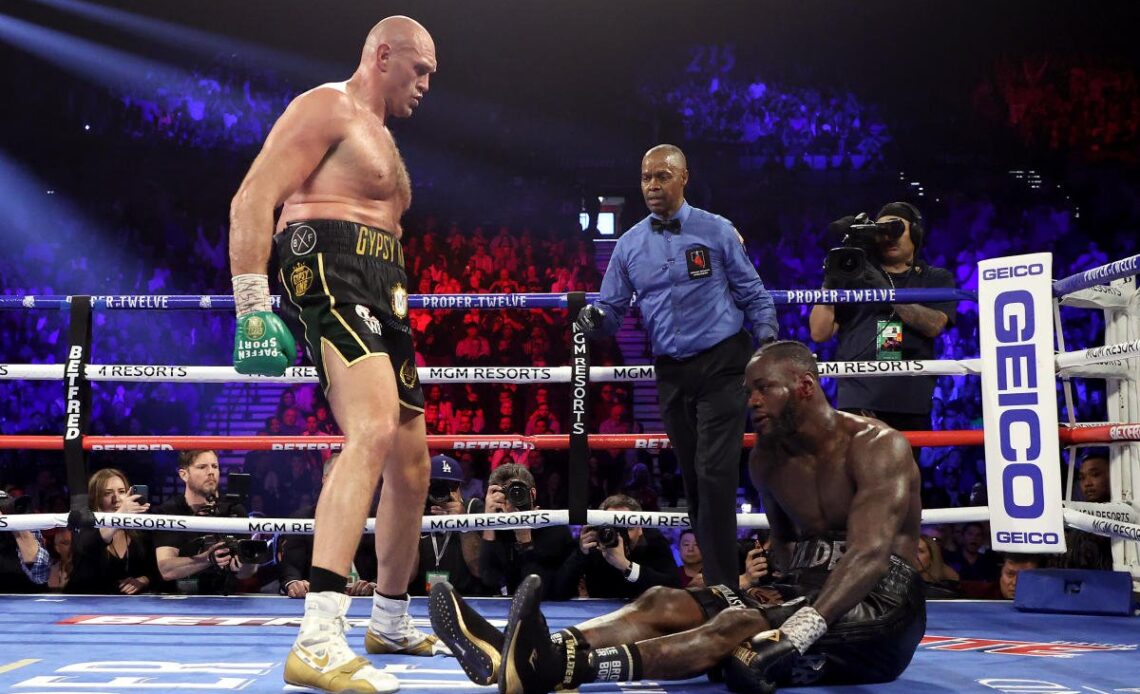In the world of heavyweight boxing, few rivalries have captured the imagination of fans quite like the confrontations between Tyson Fury and Deontay Wilder. These battles have become more than just fights; they are spectacles that showcase the raw essence of boxing—power, strategy, and an unyielding fighting spirit. Each time these two giants step into the ring, it transforms into a canvas where overwhelming strength meets tactical brilliance, creating a perfect picture of what makes this sport so captivating.
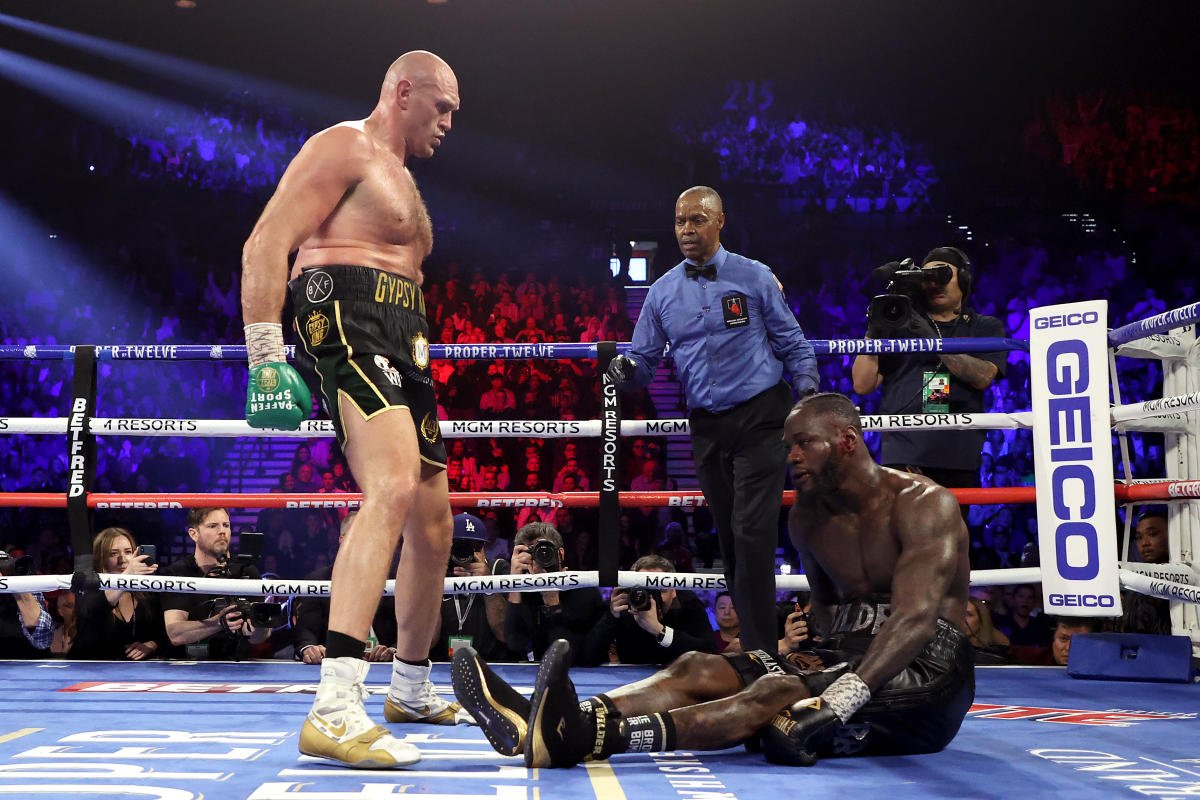
Tyson Fury, known as “The Gypsy King,” hails from a lineage of Irish Travellers and has always carried an air of unpredictability both inside and outside the ring. Standing at 6’9″ with a reach that seems almost unfair, Fury’s size alone is intimidating. However, his true mastery lies in his technical prowess, defensive skills, and ability to adapt during a fight. His journey to the top was not without challenges—he overcame mental health struggles, weight issues, and even a hiatus from boxing—but every setback only fueled his determination to reclaim his throne.
Deontay Wilder, on the other hand, represents the epitome of raw power. Nicknamed “The Bronze Bomber,” Wilder’s knockout percentage is staggering, thanks to his devastating right hand—a weapon so feared that opponents often find themselves frozen in anticipation of its arrival. Born and raised in Tuscaloosa, Alabama, Wilder took up boxing relatively late but quickly rose through the ranks due to his natural athleticism and explosive punching ability. While he may lack some of Fury’s finesse, his relentless aggression and confidence make him a formidable opponent.

What sets the Fury-Wilder rivalry apart is the stark contrast in their fighting styles. Fury embodies the art of boxing—using movement, angles, and feints to outthink his opponents. He dances around the ring, constantly adjusting his stance and timing to stay one step ahead. This approach frustrates many fighters who rely on brute force, as Fury rarely stays still long enough for them to land clean shots.
Wilder, by contrast, thrives on chaos. His style is simple yet effective: stalk, pressure, and unleash hell when the opportunity arises. His right hand is legendary, capable of ending fights in an instant. Despite criticism about his technical shortcomings, Wilder compensates with sheer willpower and a refusal to back down, no matter how dire the situation.
When these two collide, the result is a thrilling blend of calculated precision and explosive violence. It’s a chess match played at breakneck speed, where each punch carries the potential to change the course of history.
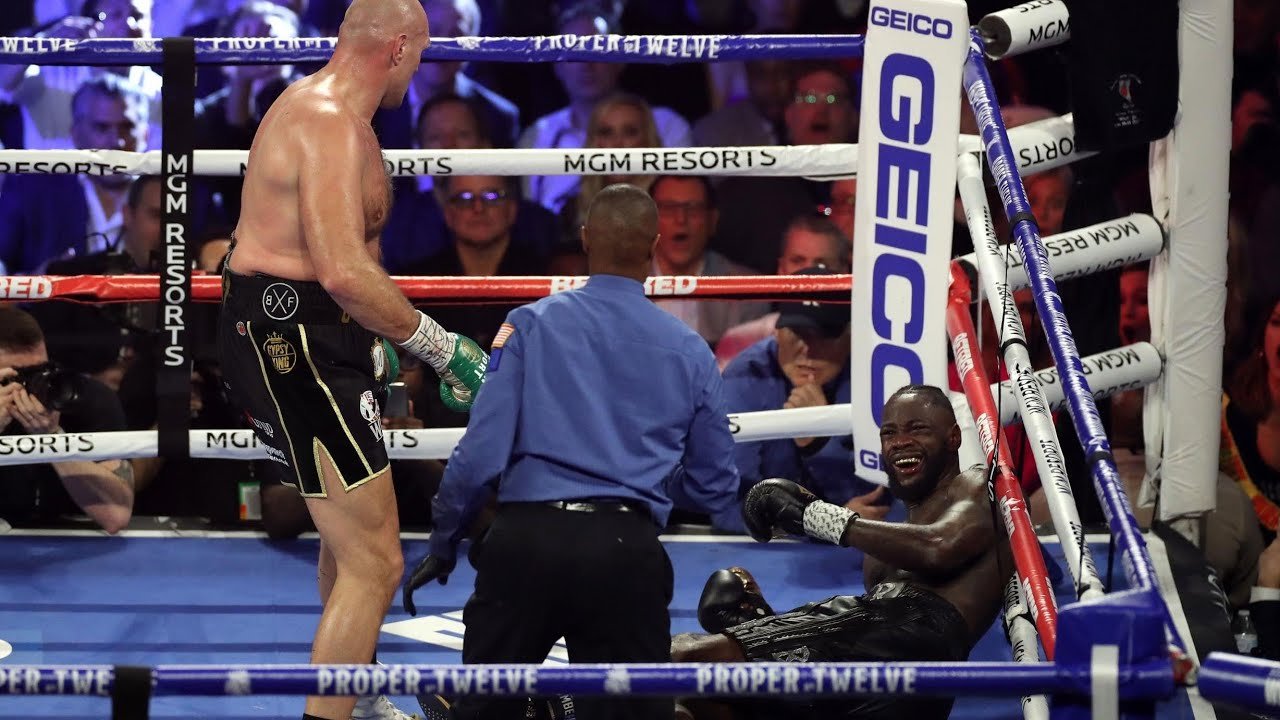
Their first meeting took place in December 2018 at the Staples Center in Los Angeles. Dubbed “The Battle of the Baddest,” the bout lived up to its billing as one of the most anticipated heavyweight clashes in years. From the opening bell, it was clear that this would be no ordinary fight.
Fury showcased his superior footwork and head movement, making Wilder miss repeatedly while landing sharp jabs and combinations. But Wilder’s power could not be ignored. In the ninth round, he landed a monstrous right hand that sent Fury crashing to the canvas. Miraculously, Fury rose to his feet, demonstrating resilience that left the crowd in awe.
The drama reached its peak in the twelfth round when Wilder unleashed another devastating blow, knocking Fury down again. Once more, Fury defied the odds by getting up and finishing the fight. When the final bell rang, the judges scored it a split draw, leaving both fighters—and fans worldwide—unsatisfied. The decision sparked debates and set the stage for a highly anticipated rematch.
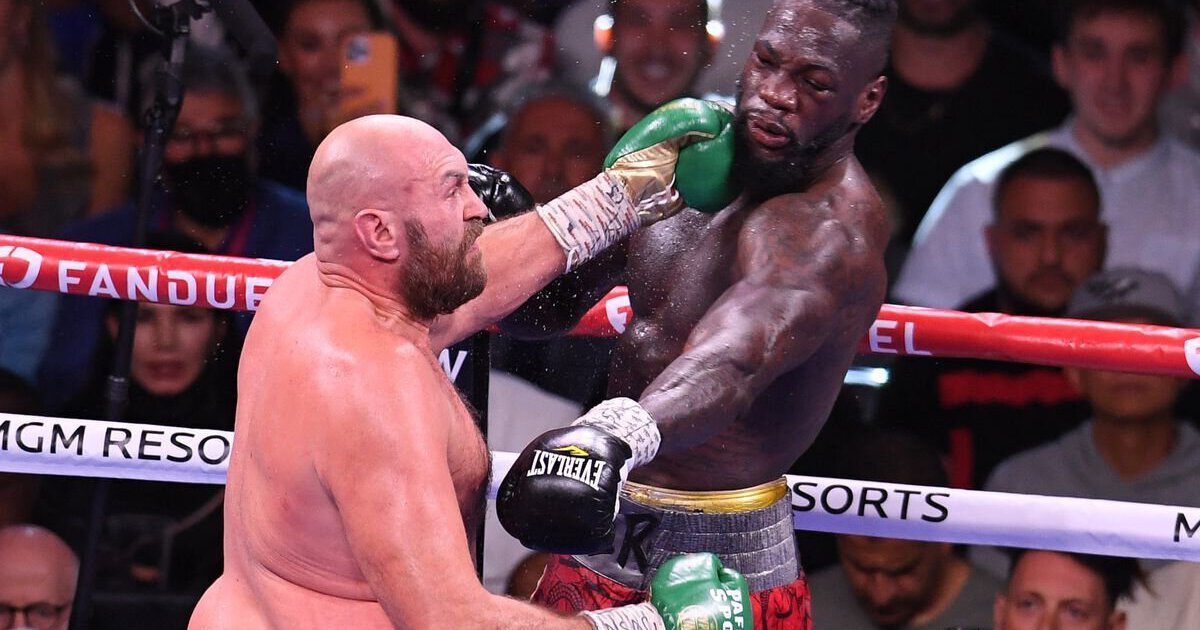
The second fight, held in February 2020 at the MGM Grand Garden Arena in Las Vegas, was billed as “Unfinished Business.” This time, there would be no room for ambiguity. From the outset, Fury dominated the proceedings, using his jab effectively and controlling the pace of the fight. Unlike their first encounter, Fury opted to engage more aggressively, mixing in body shots and uppercuts to complement his trademark defense.
By the seventh round, Wilder was visibly fatigued, his face swollen from Fury’s relentless assault. Sensing victory within reach, Fury poured on the pressure, eventually forcing Wilder’s corner to throw in the towel. It was a decisive win for Fury, cementing his status as the premier heavyweight in the division.
For Wilder, the loss was a bitter pill to swallow. Questions arose about his preparation and whether his reliance on power had blinded him to the need for a more rounded skill set. Nevertheless, his warrior spirit remained intact, and he vowed to return stronger.
True to his word, Wilder sought a third fight, which finally materialized in October 2021. Held once again in Las Vegas, the bout promised to answer lingering questions: Could Wilder regain his title, or would Fury solidify his dominance?
From the opening bell, both fighters came out swinging, determined to leave everything in the ring. Fury started strong, utilizing his jab and movement to keep Wilder at bay. However, Wilder found success in the fourth round, landing a thunderous right hand that momentarily staggered Fury. For a brief moment, it seemed like the tide might turn.
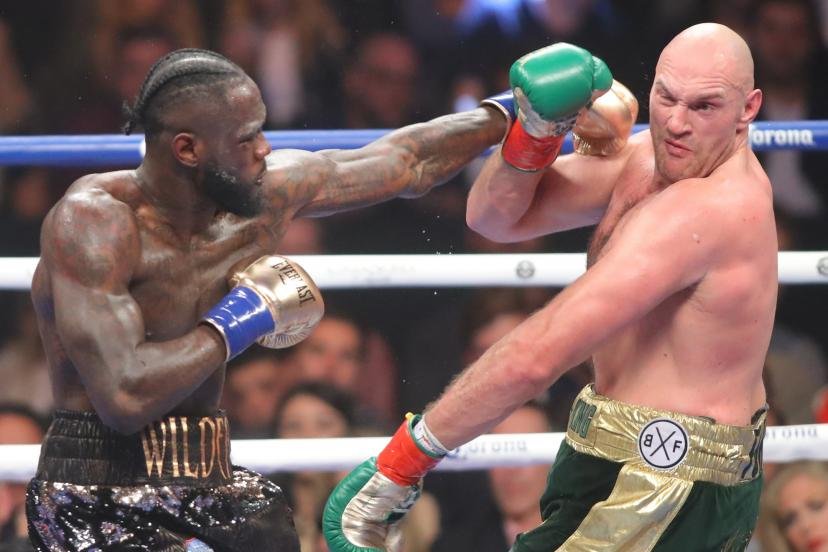
But Fury’s experience and composure shone through. He weathered the storm and regained control, gradually breaking Wilder down with a combination of power punches and strategic maneuvering. By the tenth round, Wilder was exhausted, and Fury delivered the finishing blows, earning a knockout victory.
With this win, Fury silenced any remaining doubters and etched his name further into boxing lore. As for Wilder, while the defeat marked the end of an era, his legacy as one of the hardest-hitting heavyweights remains untarnished.
The Fury-Wilder trilogy transcends mere competition; it symbolizes the enduring allure of heavyweight boxing. At its core, the sport is about courage, resilience, and the pursuit of greatness. Both men embody these qualities, albeit in different ways. Fury’s journey serves as a testament to overcoming adversity, while Wilder’s story highlights the importance of perseverance and self-belief.
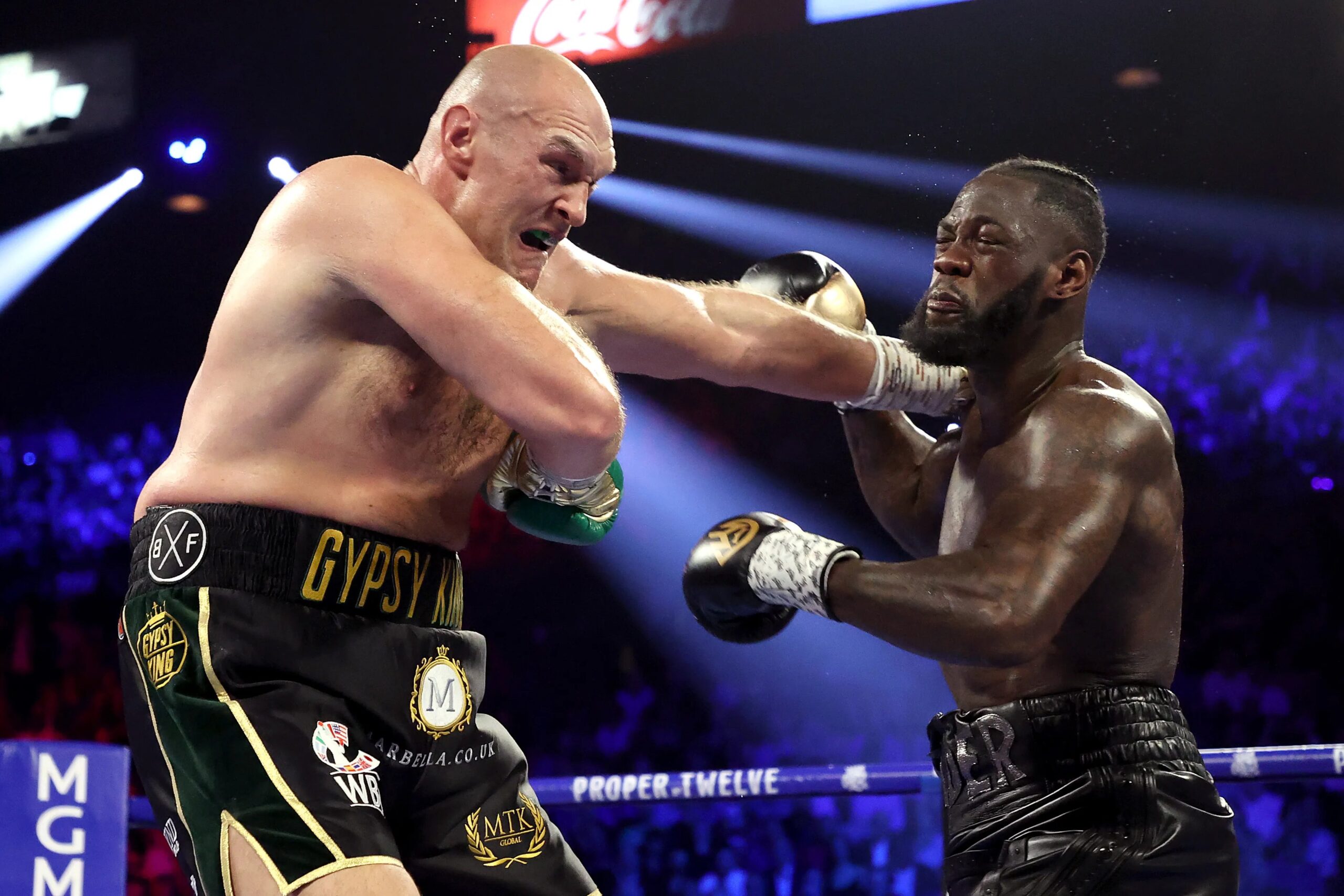
Moreover, their rivalry has brought renewed attention to the heavyweight division, drawing in new fans and reigniting interest among longtime followers. In an era dominated by social media and instant gratification, their epic battles remind us of the timeless appeal of mano-a-mano combat.
As the dust settles on the Fury-Wilder saga, one thing is certain: their confrontations have left an indelible mark on boxing history. Whether you admire Fury’s technical brilliance or Wilder’s devastating power, there’s no denying the excitement and drama they brought to the ring.
While their paths may diverge moving forward, the memories of their epic clashes will endure. They have proven that boxing is not just about physical strength—it’s about heart, determination, and the unrelenting desire to prove oneself against the best. And in doing so, they have given us moments that will be talked about for generations to come.
